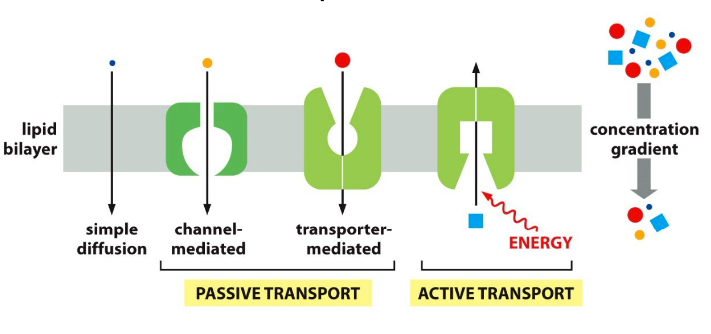Membrane Transport
Abstract
The membrane bilayer arises because of the amphipathic nature of its constituent phospholipids, which consist of a polar head group and two nonpolar tails. Phospholipids arrange themselves in a bilayer in which the polar head groups interact with the aqueous media on either side of the bilayer while the nonpolar tails are sequestered in the interior of the bilayer. This results in structure that is largely hydrophobic. However, in the course of normal metabolic activities of the cell, water-soluble compounds need to cross this bilayer, and the transport of these compounds must be regulated. This transport would be thermodynamically impossible without the assistance of integral membrane proteins which span the bilayer and provide pores, channels, and carriers that allow the passage of hydrophilic compounds.
Level: Undergraduate
Setting: Classroom Activity
Type: Learning Cycle
Discipline: Biochemistry
Course: First-semester Biochemistry
Keywords: membrane bilayer, phospholipid, membrane, transport, hydrophobic, hydrophilic

Downloads
Published
How to Cite
Issue
Section
License
Copyright of this work and the permissions granted to users of the PAC are defined in the PAC Activity User License.

